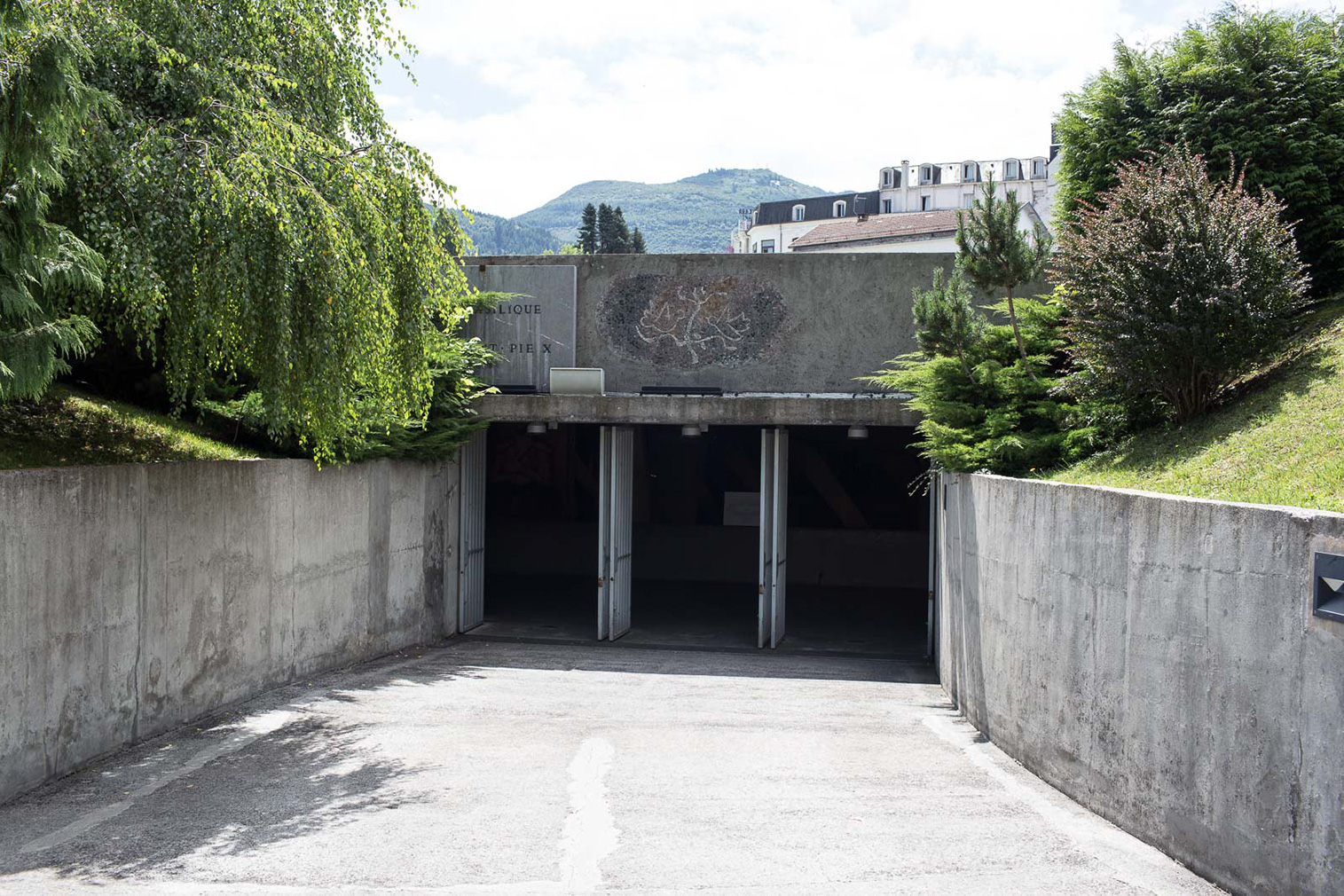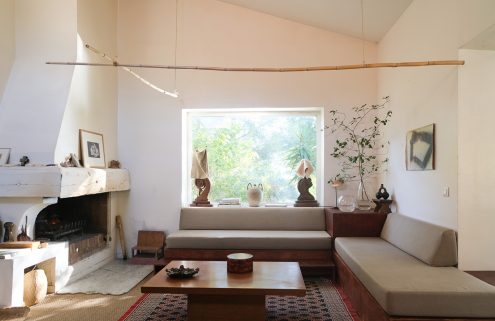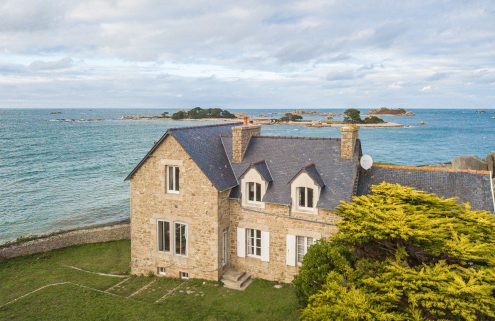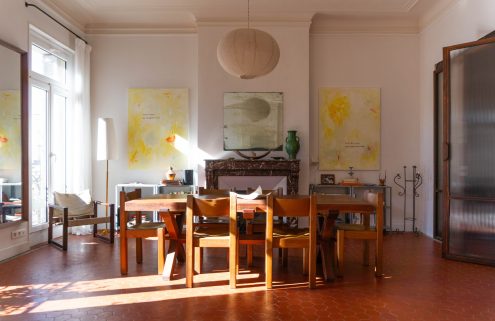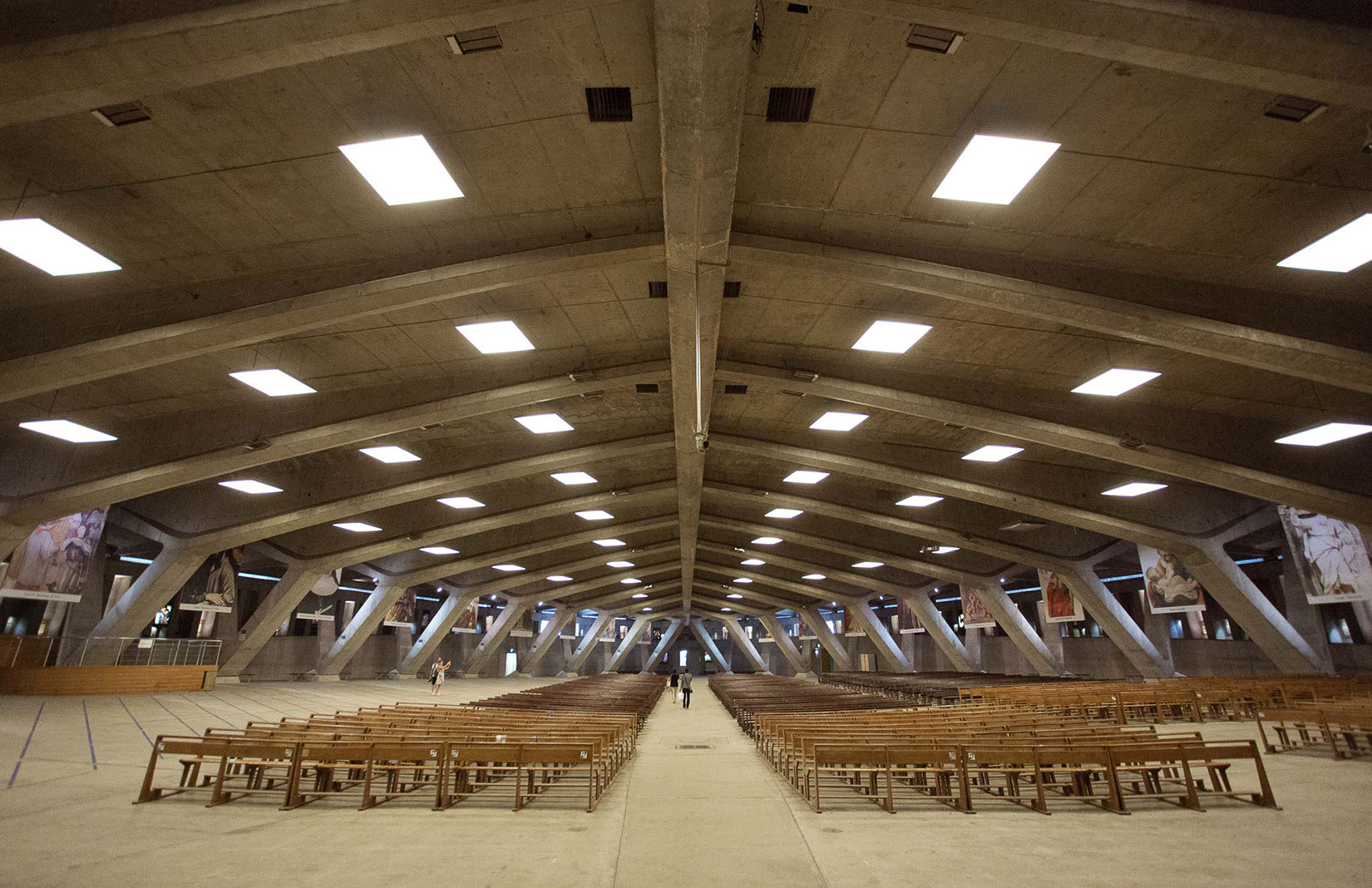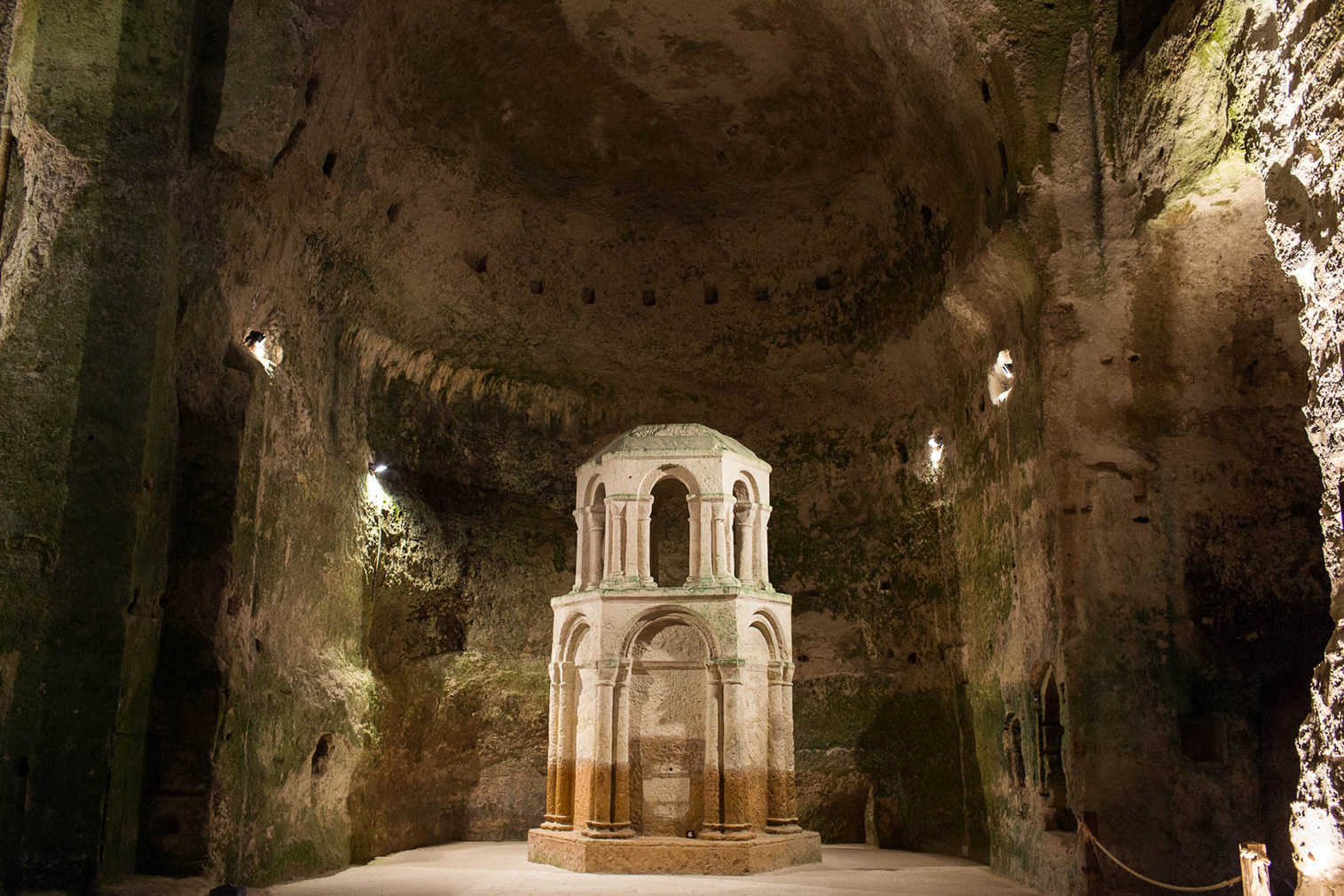
Photographer Stuart Leech and writer Christo Hall lead us into the depths of a trio of underground churches in southern France…
The subterranean churches of Saint-Jean and Saint-Emilion might be grand and magnificent, but it’s their remarkable histories of miracles, hidden spaces and stashed treasures that lured Stuart Leech and myself into their darkened chambers.
Built in the 4th century, they are said to be inspired by Turkey’s Cappadocia, where cave dwellers built homes and churches beneath the rock. Nobleman and crusader Viscount Pierre de Castillon converted the caves into magnificent and voluminous churches in the 14th-century to stash religious relics he had looted from the Holy Land.
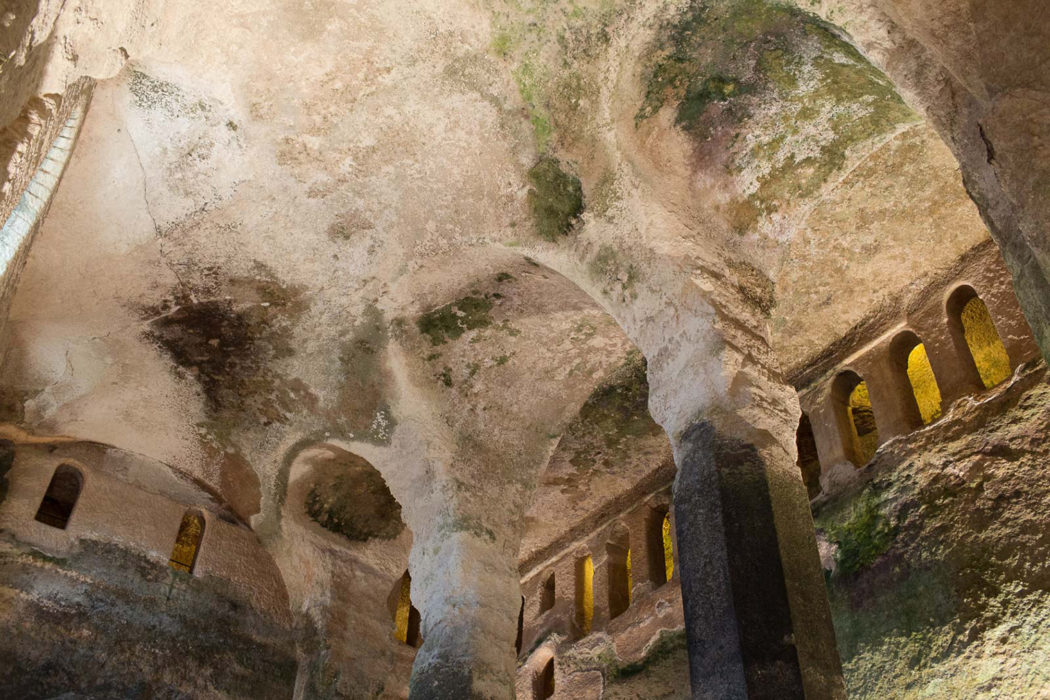
The church of Saint-Jean at Aubeterre-sur-Dronne. Photography: Stuart Leech, for The Spaces
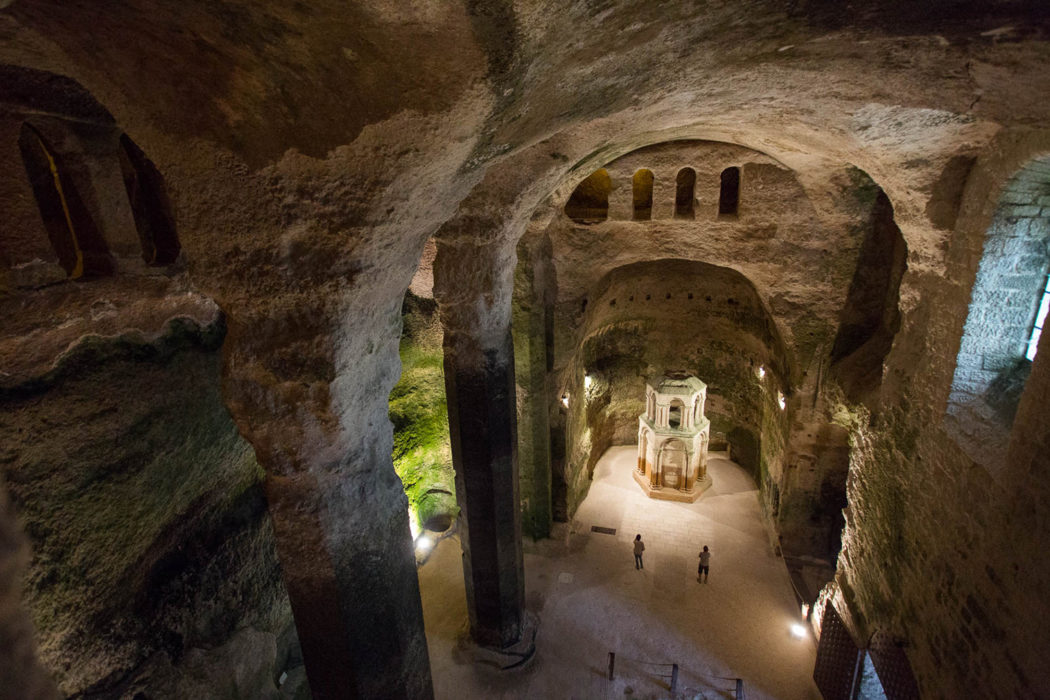
The church of Saint-Jean at Aubeterre-sur-Dronne. Photography: Stuart Leech, for The Spaces
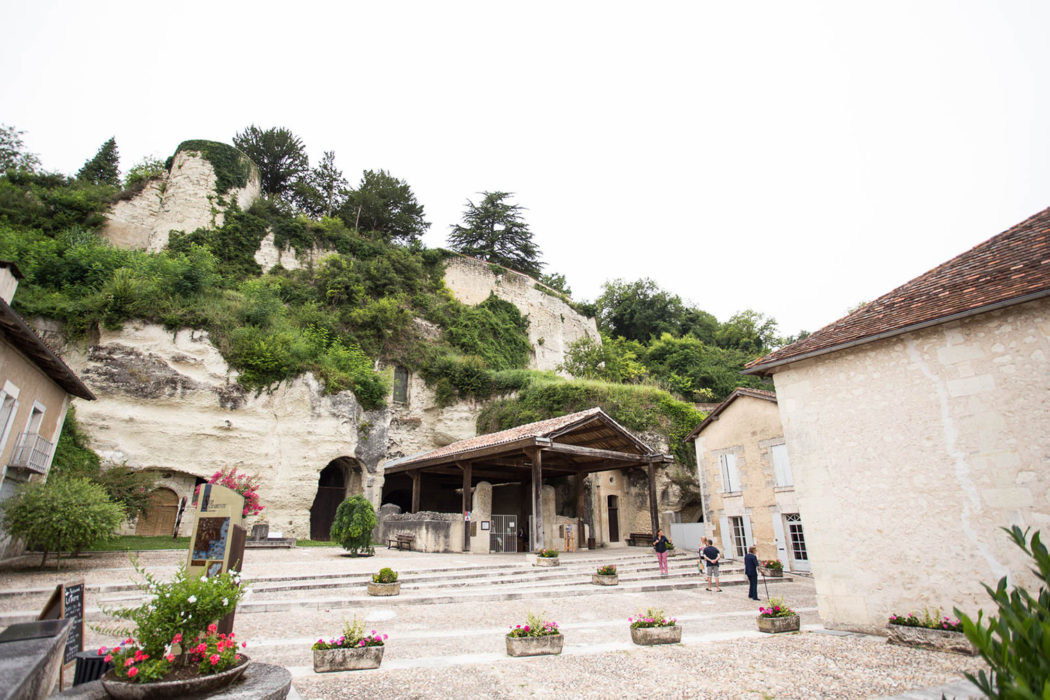
The church of Saint-Jean at Aubeterre-sur-Dronne. Photography: Stuart Leech, for The Spaces
With a nave spanning 20 metres high, the limestone sanctuary of Saint-Jean at Aubeterre-sur-Dronne is the tallest underground church in Europe. Its full extent was only discovered when in 1961 a passing truck collapsed through the roof of a pre-Christian necropolis revealing a space used for sacrifices and burials since the 3rd century – before the cave was hewn into the rock face beside it.
Saint-Jean may be the tallest subterranean church in Europe, but Saint Emilion holds the title of the largest. With a volume of almost 8,500 cubic metres, its size is awe-inspiring but it’s the details that linger. Beneath the erosion and the algae that have weathered the limestone walls are faint hints of colour murals. These almost imperceptible hues allow the imagination to resurrect an ancient space of worship that was once intensely colourful.
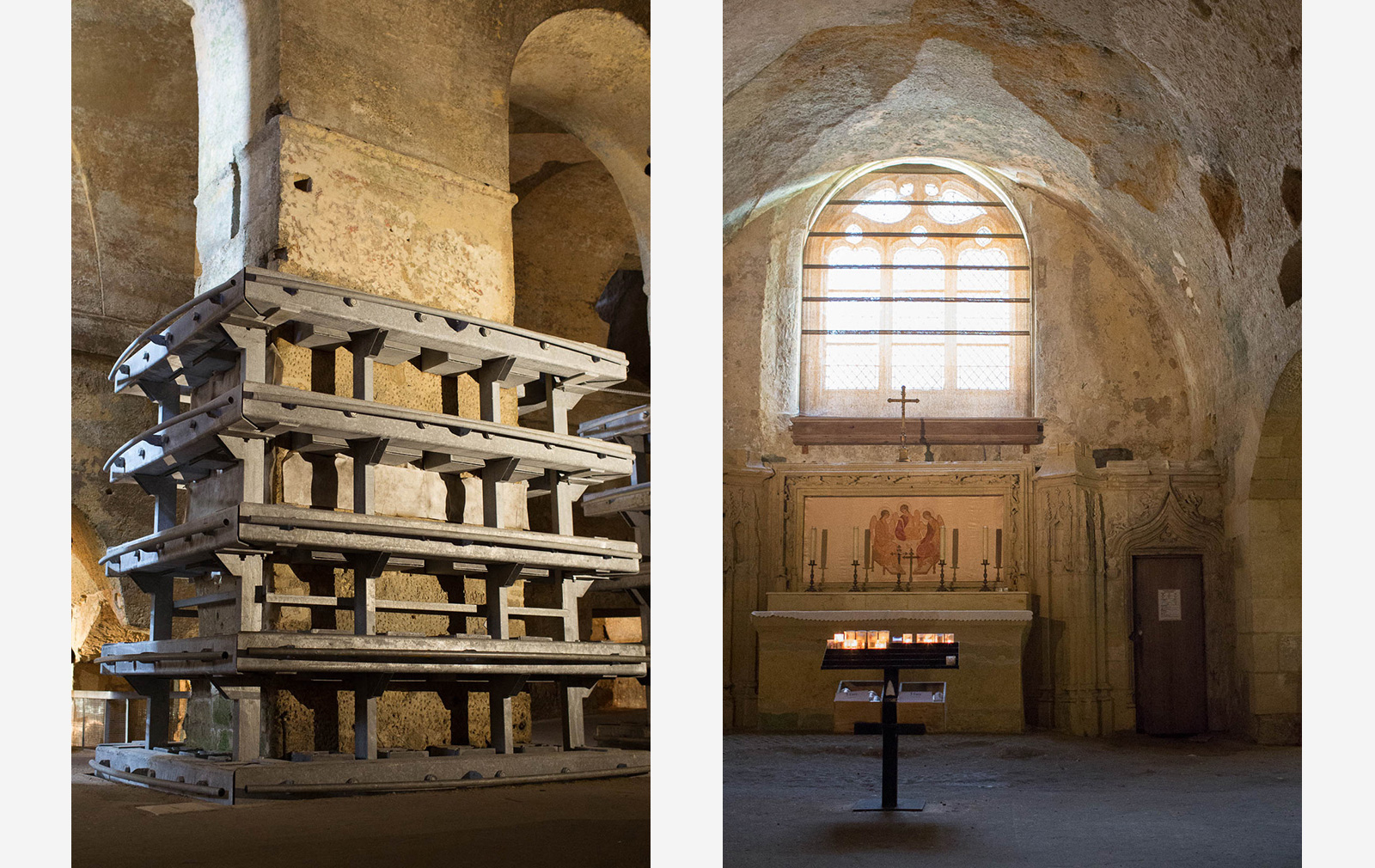
Modern architects too have experimented with the form, notably the Temppeliaukio rock temple in Helsinki and in Lourdes, where the cavernous concrete Basilica of Saint Pius X is constructed in an elliptical shape, giving an impression of infinity.
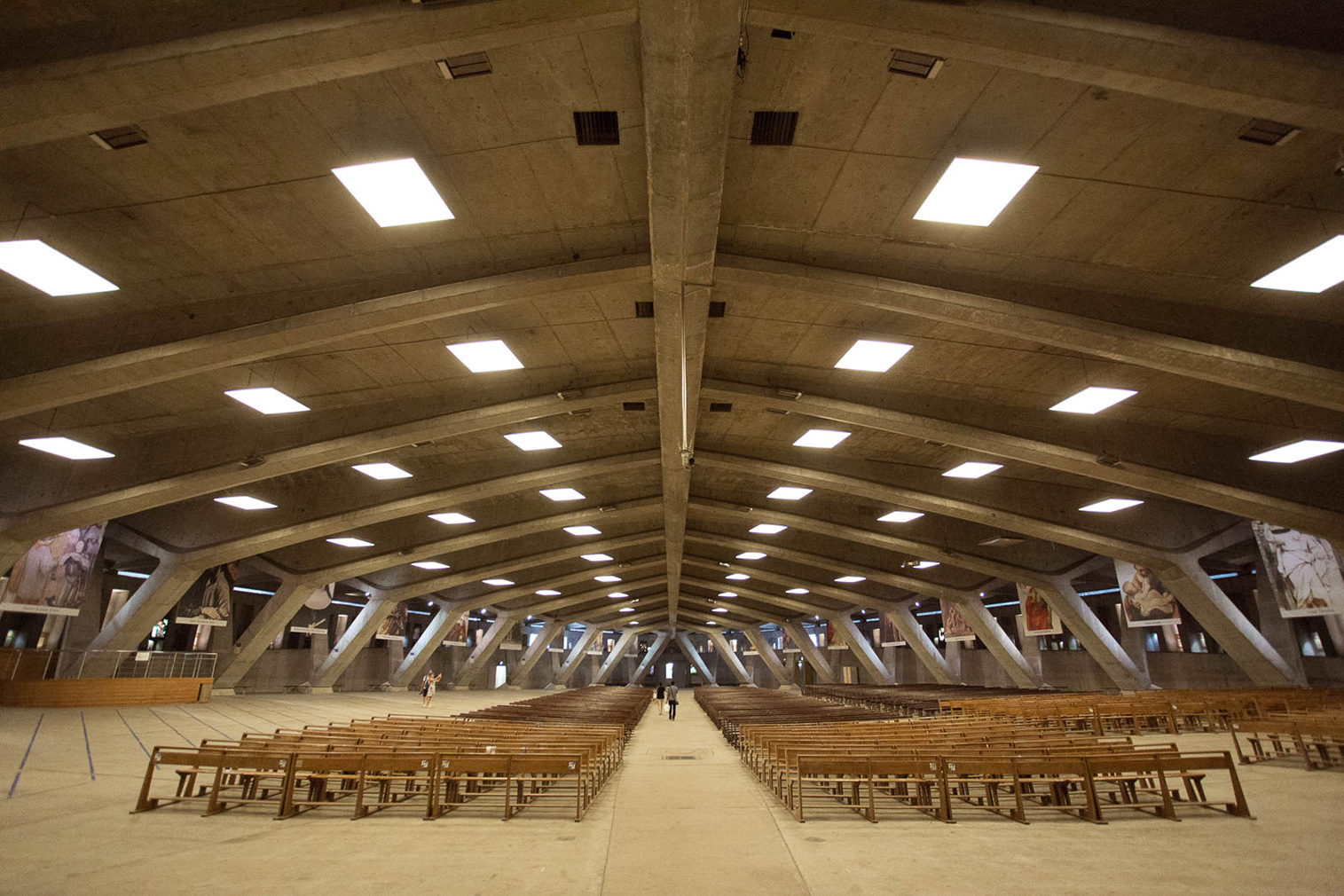
Constructed in 1958, this sanctuary in Lourdes is 191 metres long and can accommodate 25,000 worshippers. Its 58 concrete pillars, low ceiling and subtle gradient that slopes towards the sanctuary in the centre of the nave masterfully frames it in the colossal 12,000m2 space.
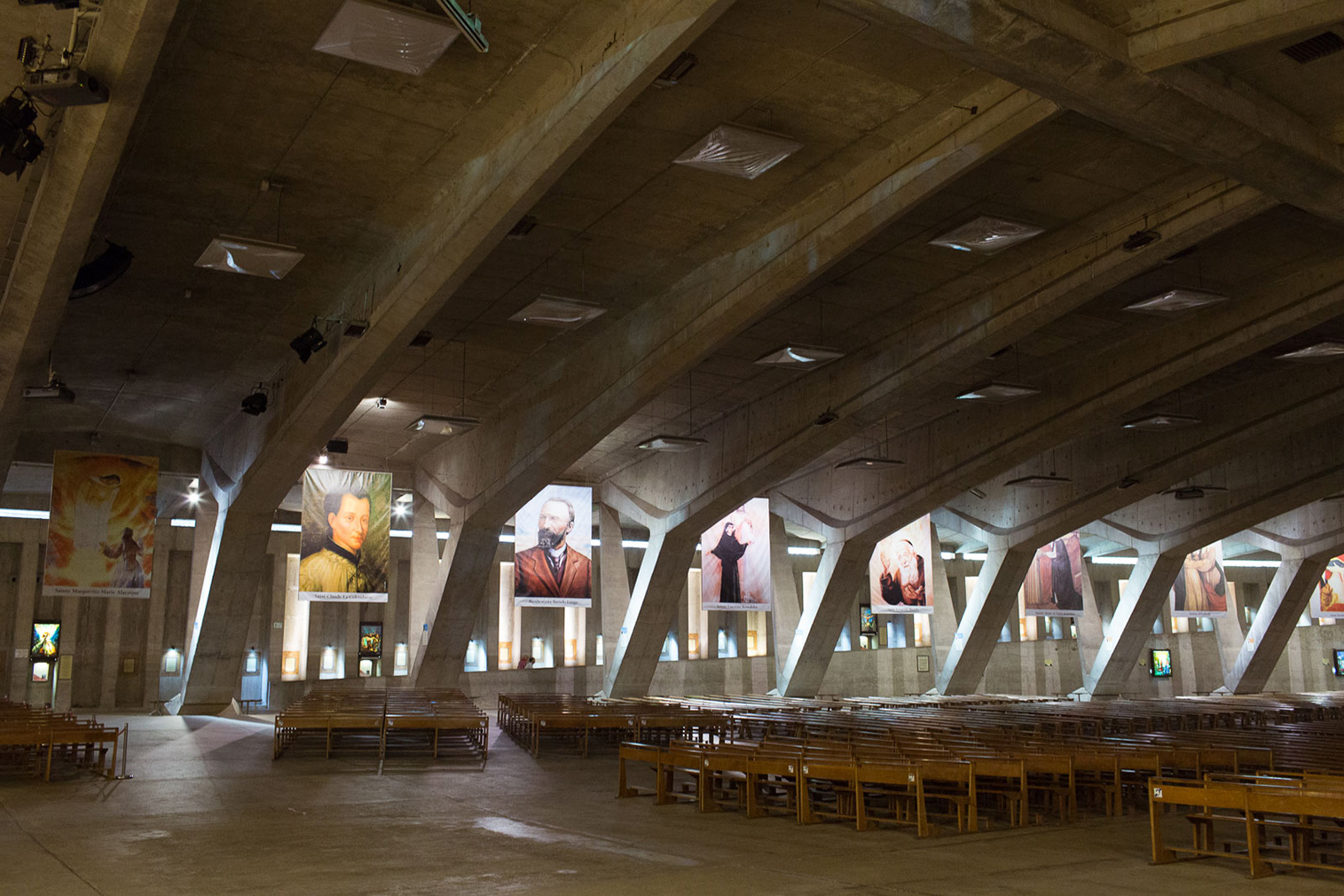
To build underground has its advantages – the churches are weather resistant, have near constant interior temperatures, and unique acoustic qualities – but its real significance is experiential. The feeling of descending into each church is one of transcendence, that you’re entering another layer of the world, a holy realm.
